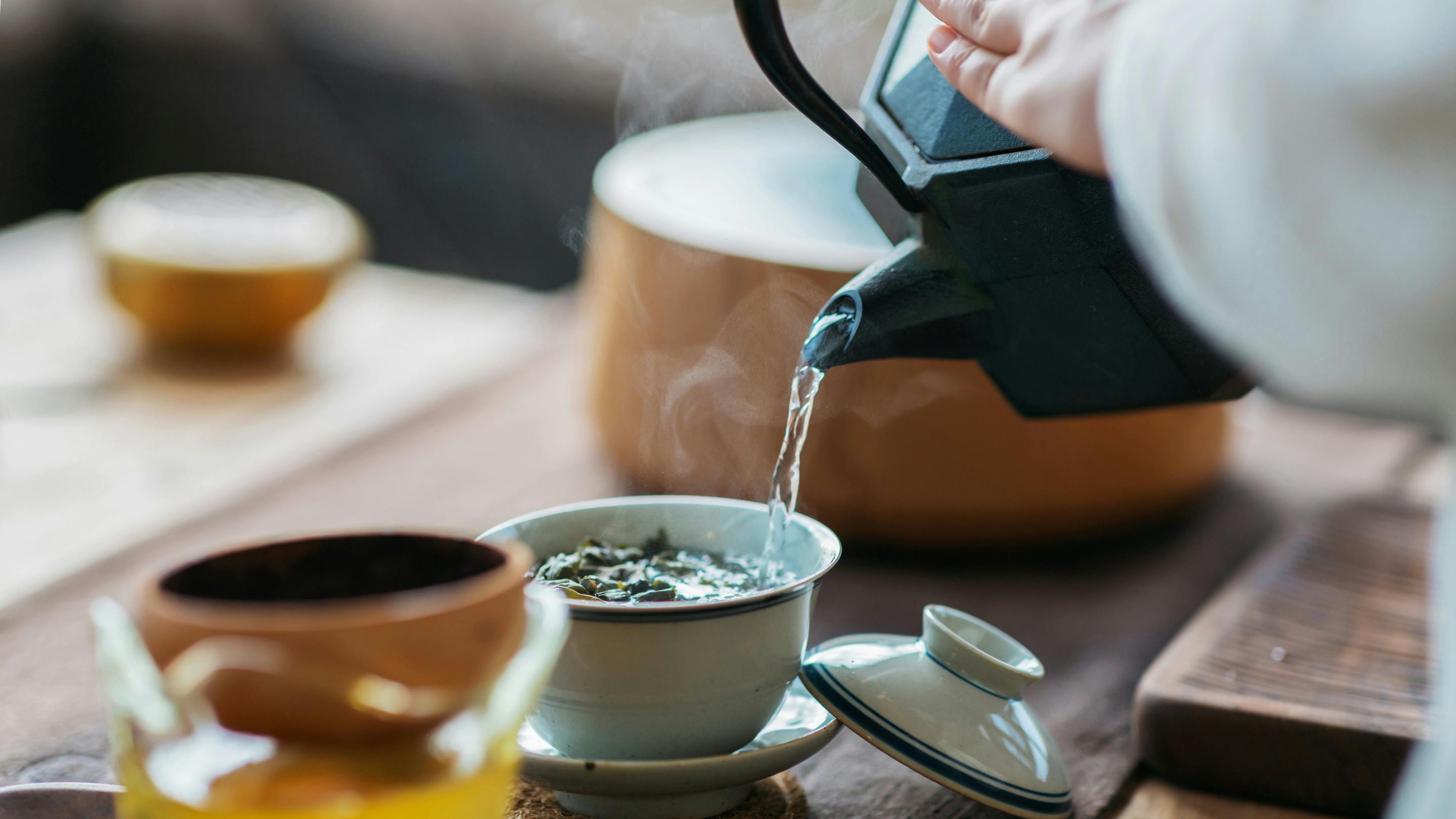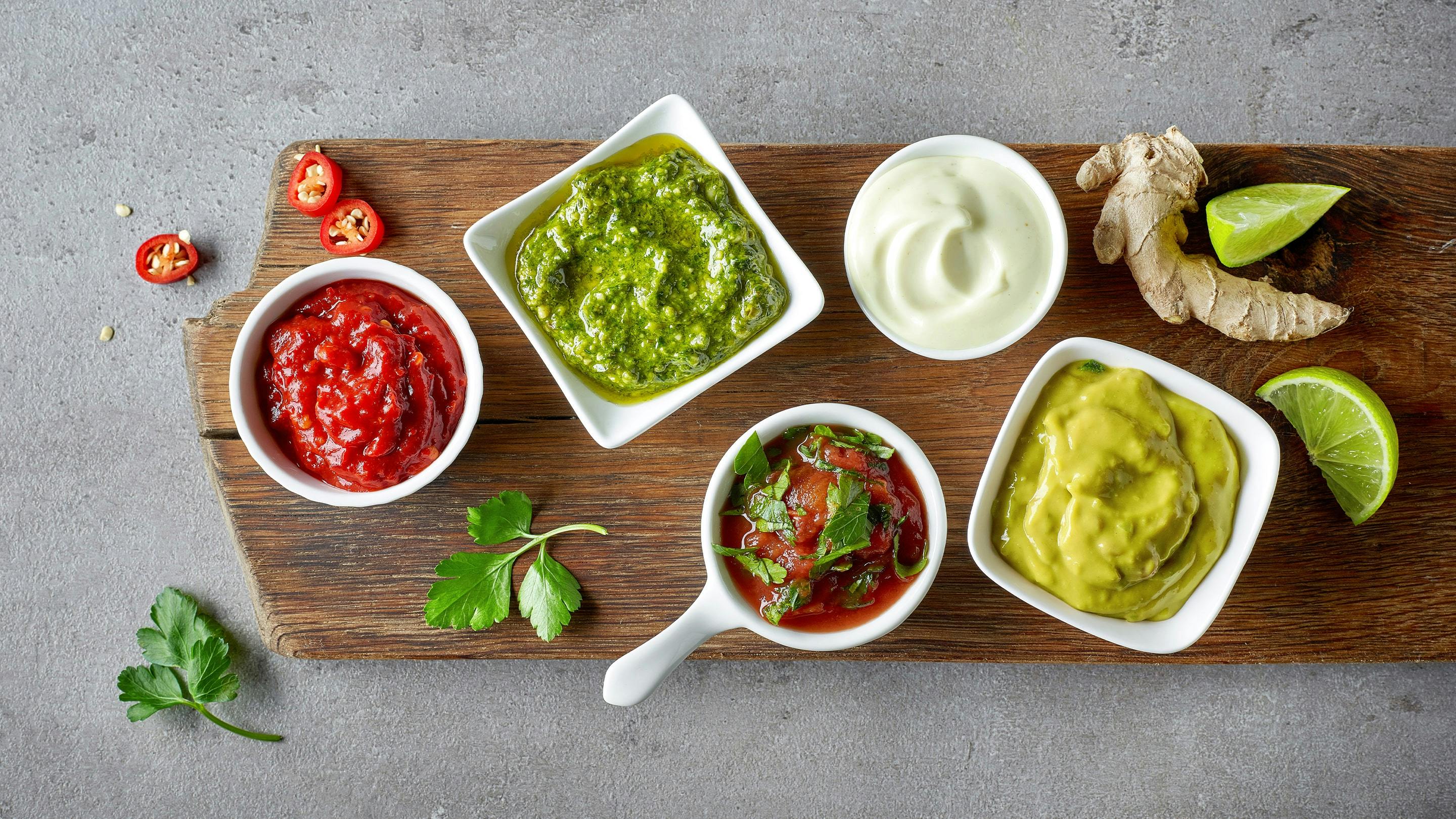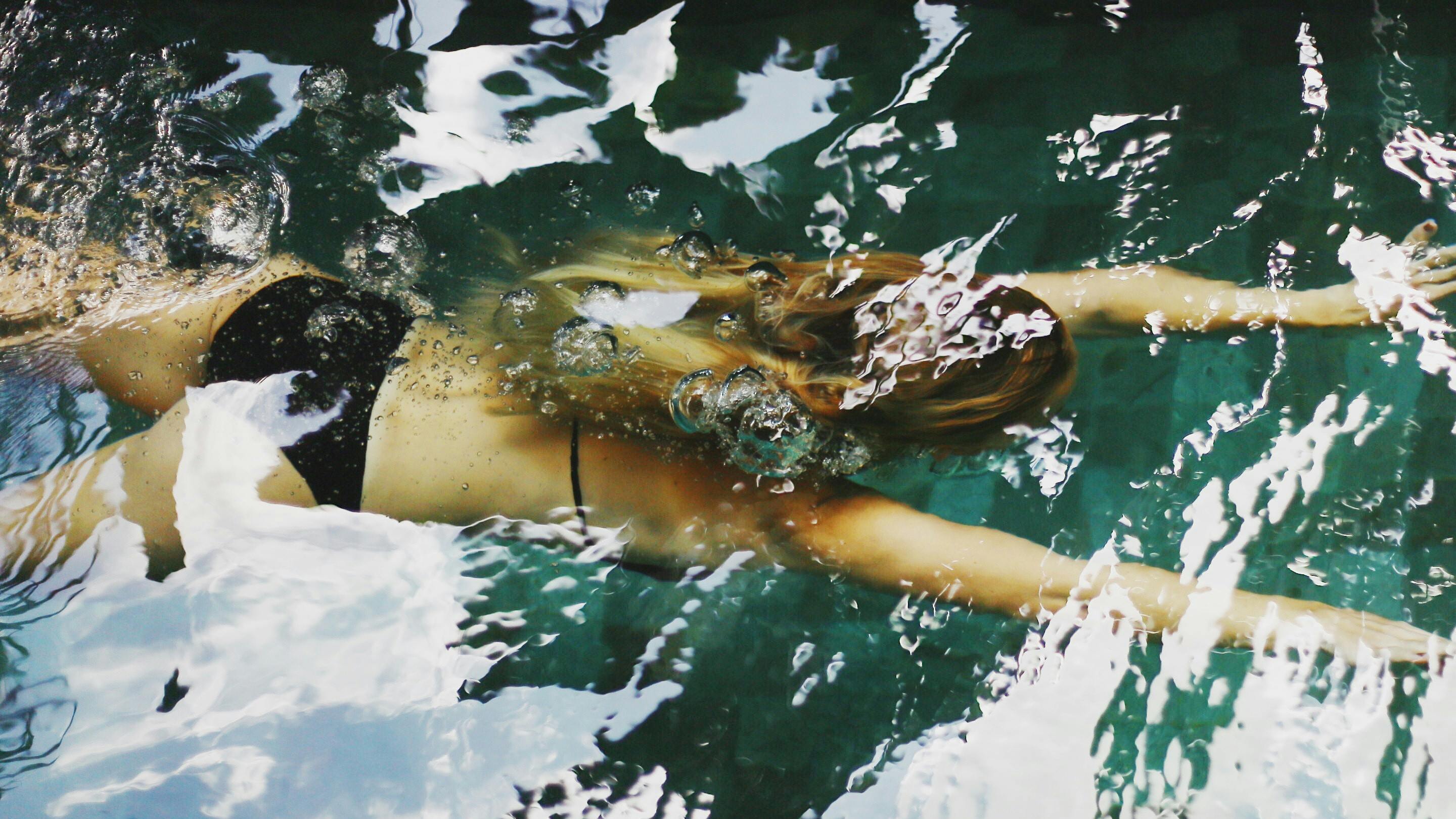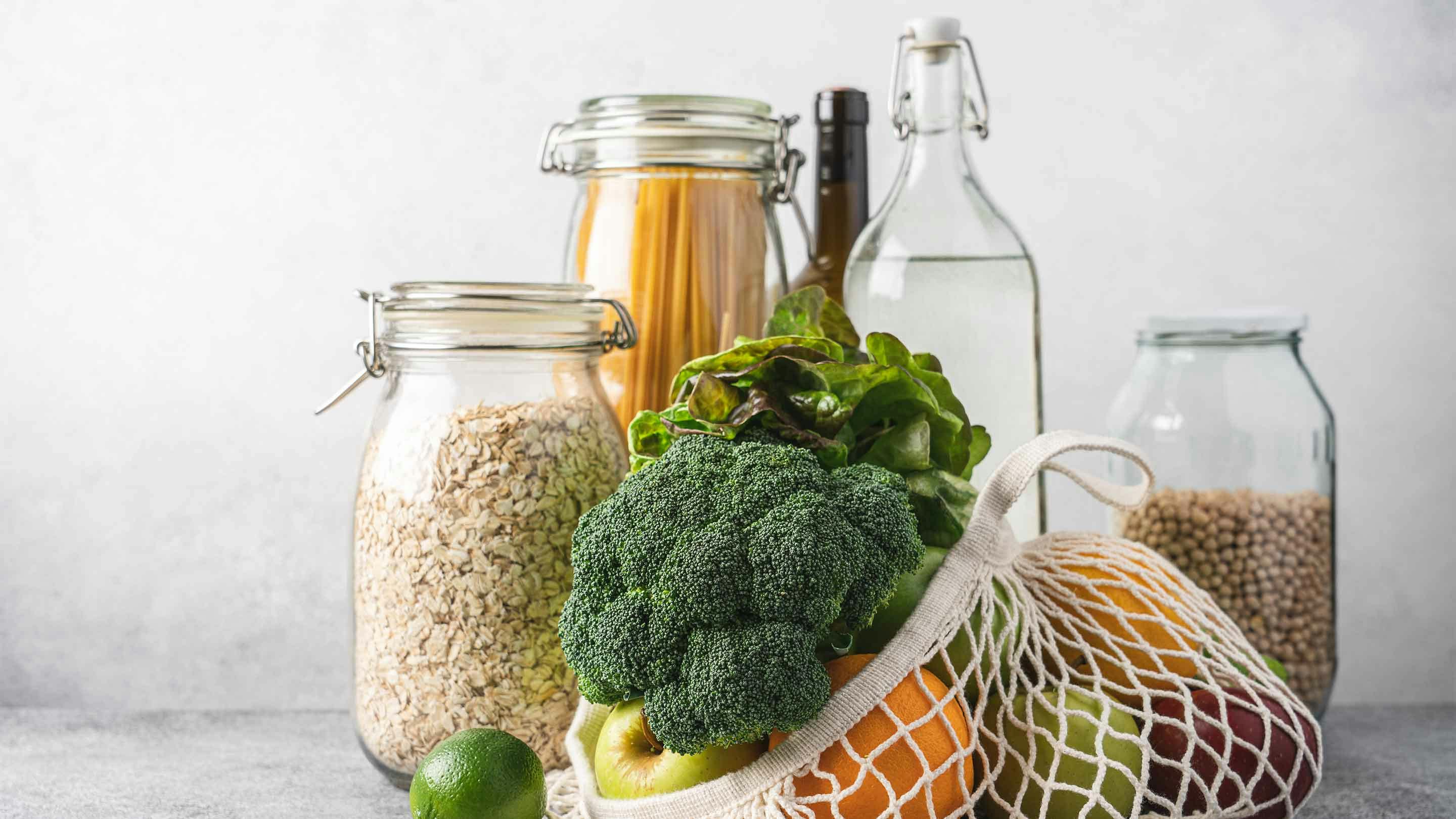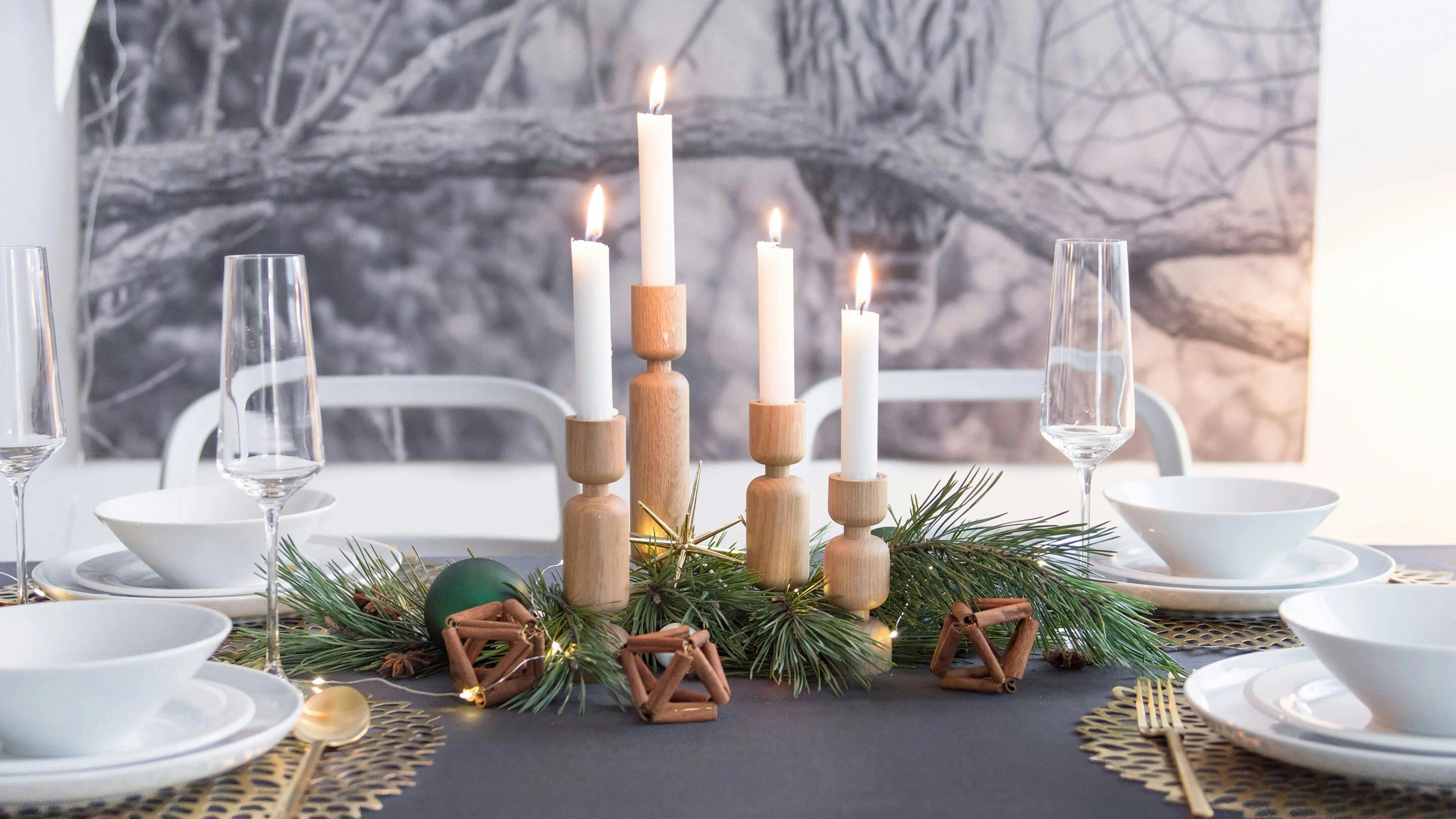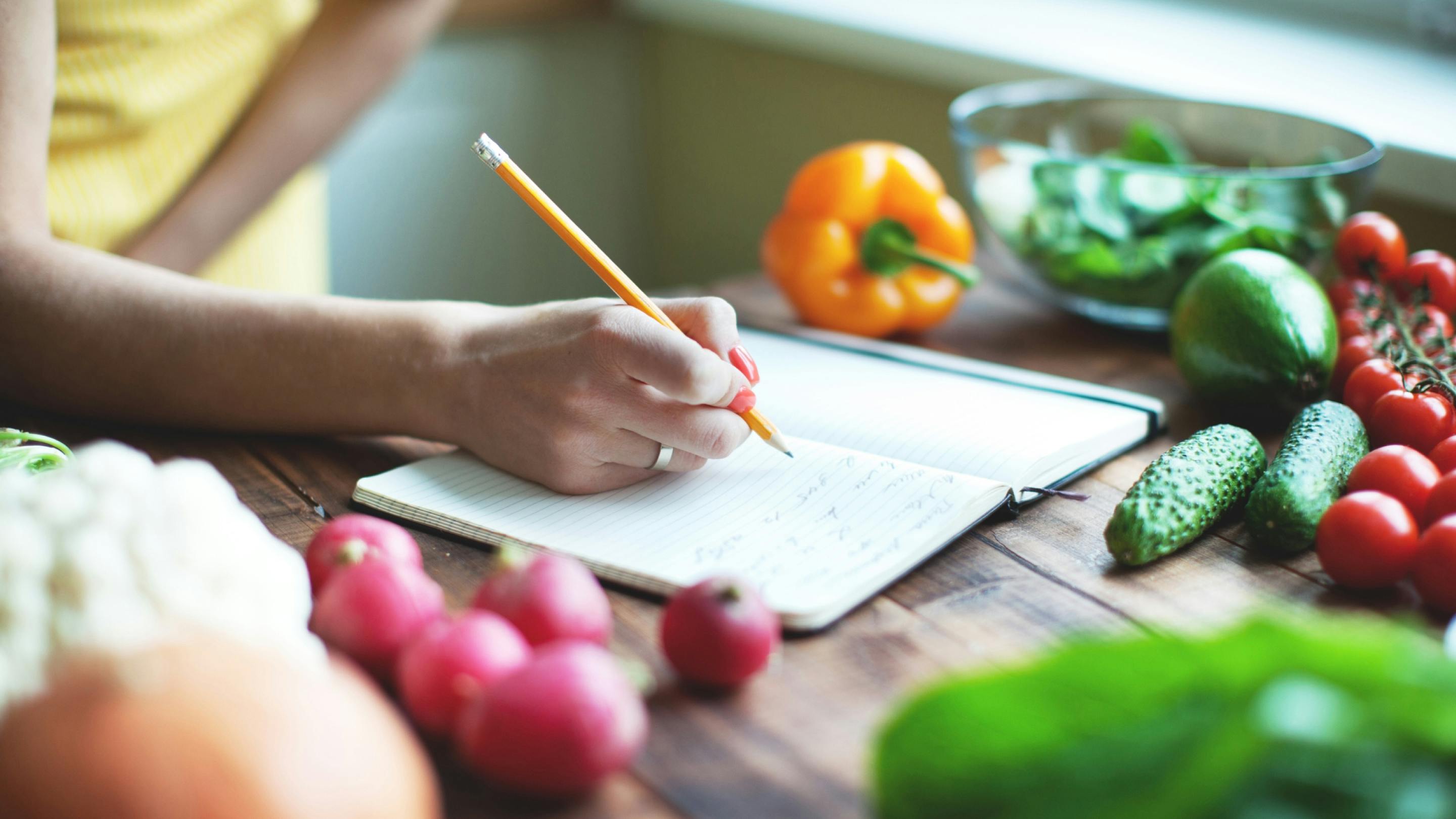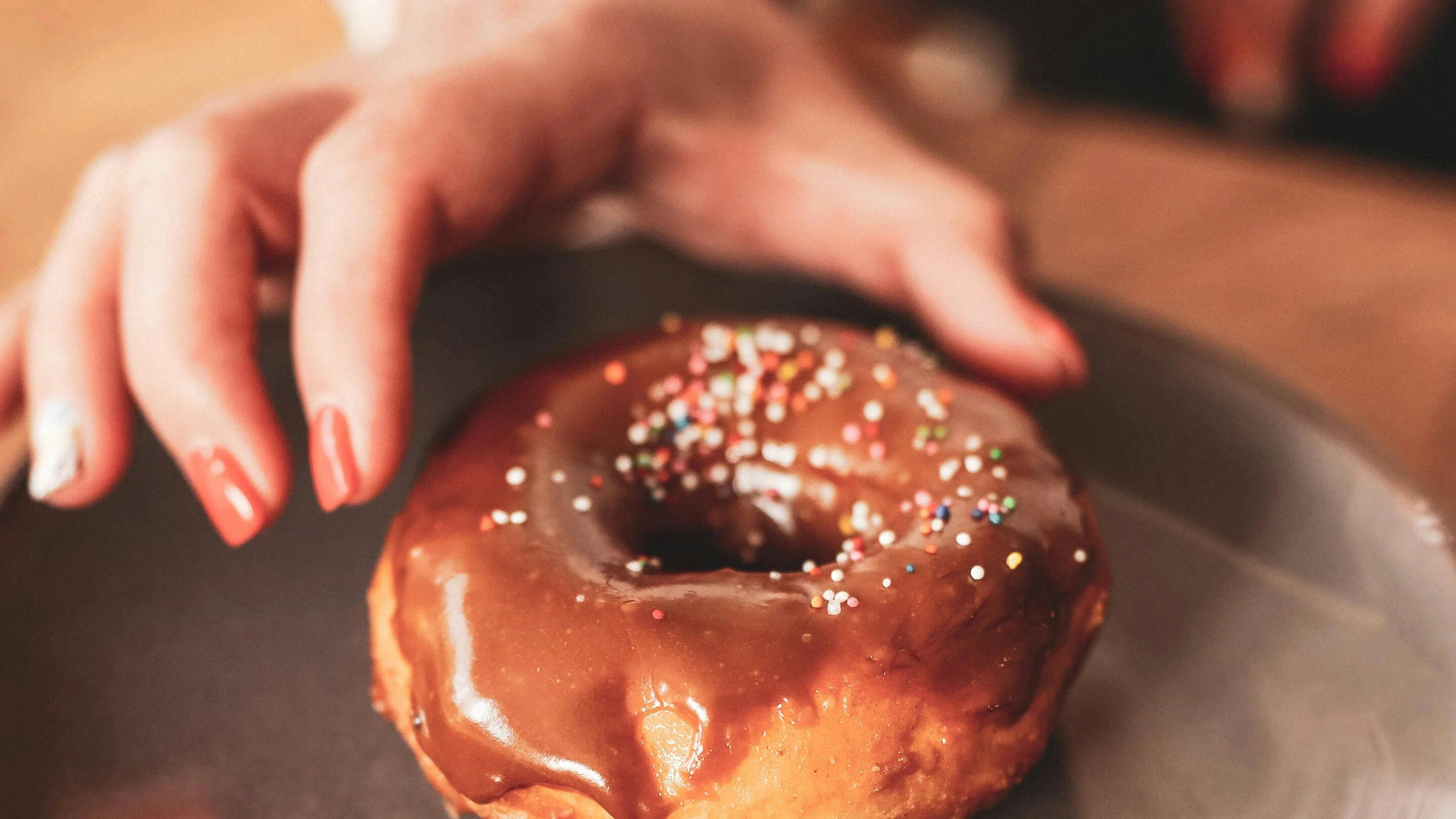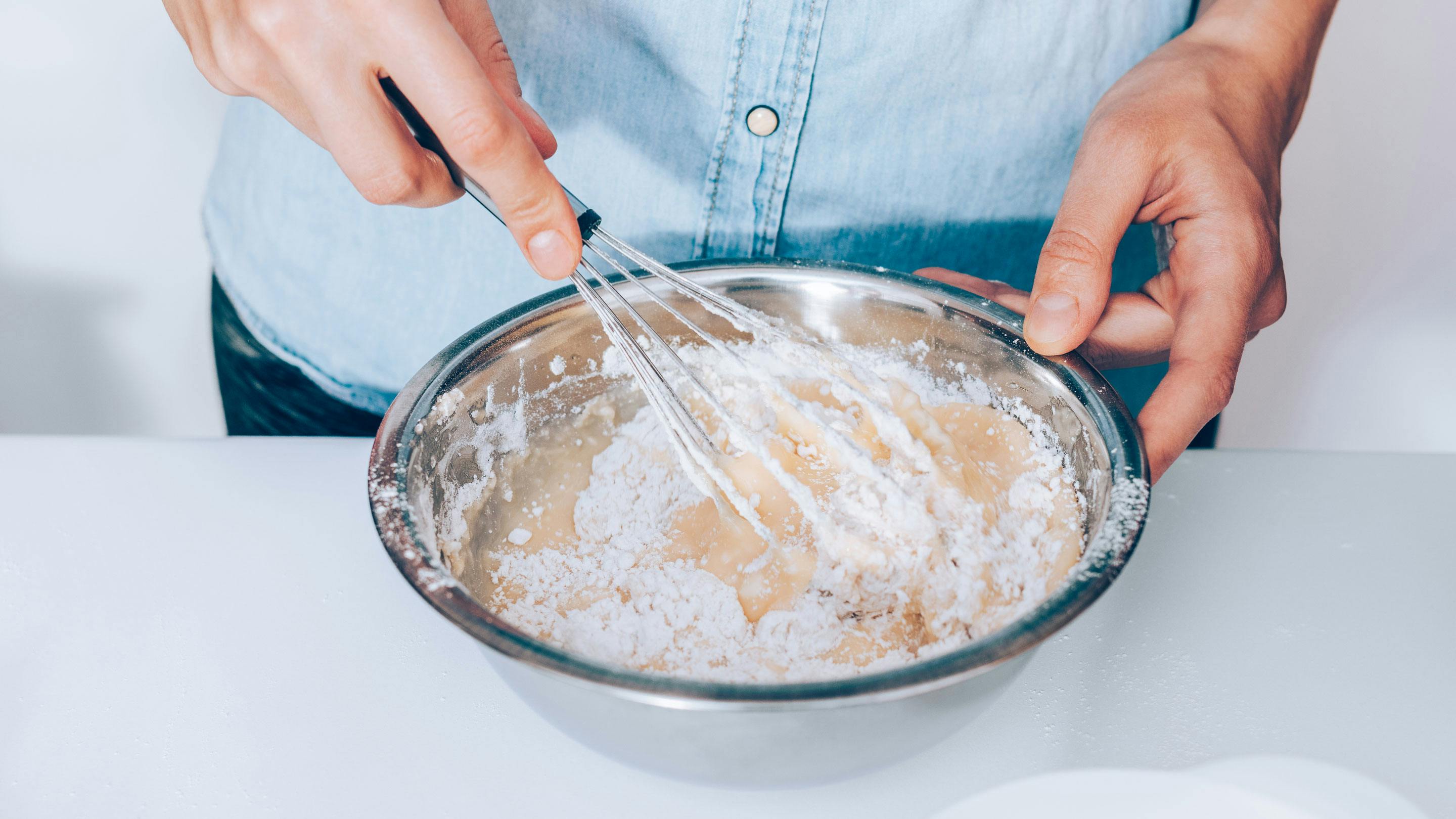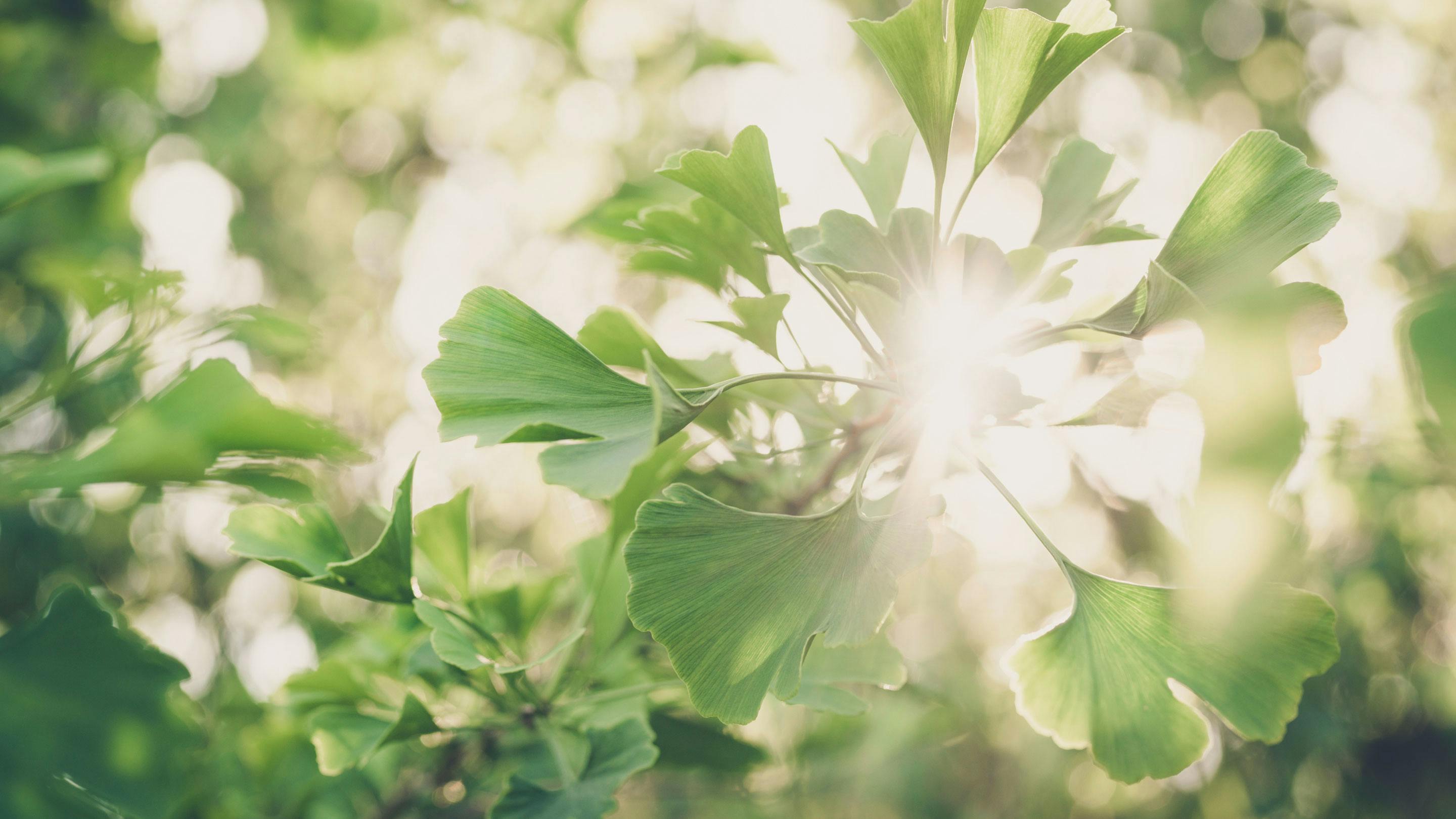As soon as the days get shorter and the temperatures start to drop, we like to warm ourselves up with all kinds of teas and other hot drinks. In today's article, w would like to get to the bottom of the different spices and herbs, their preparation methods and their effect on health and flavour.
Wet and cold weather
A hot cup of tea is simply part of an autumn and winter afternoon. But which herbs and spices are suitable for tea, and which can be used to create a uniquely flavoured tea if you don’t have any ready-made bags at home? The answer: mint, thyme, caraway, fennel, ginger, turmeric, cinnamon and rosemary, to name but a few. They can be used to conjure up delicious hot drinks that promise typical effects on the body, mind and metabolism. The warming effect is enhanced by using mainly ginger, cinnamon, cardamom and turmeric. These circulation- and metabolism-stimulating spices warm you up from the inside in the long term and taste great in homemade teas as well as in stews and soups.

Pick-me-up: green and black tea
Speaking of stimulating the metabolism: Green and black teas can also be used as healthy coffee substitutes. A brewing time of around two minutes has a stimulating effect on the body and anything longer than this, from around three minutes brewing time, has a calming effect. The water temperature should not be too high, around 50-60 °C is ideal. This allows the flavour to develop best and the tannins, which have a bitter taste and are released into the tea water, do not get out of hand.
Which water temperature is suitable for which type of tea?
Different temperatures are also ideal for different types of tea. However, not everyone has a kettle with a precise temperature display. It is therefore advisable to leave the boiled water to stand and cool for a few minutes before adding the tea. Immediately after boiling, the water is around 95 °C, making it ideal for black tea. Green and white teas like it a little cooler. Here it is advisable to wait up to 10 minutes after boiling, i.e. until the water has reached approx. 60 °C, and only then add the tea. Herbal teas should be brewed with bubbling hot water and then left to infuse for around 5–8 minutes – depending on the variety and personal taste preferences.

Individual combos
The use of medicinal herbs goes back to the early history of mankind, and with good reason. A wide variety of combinations, uses and preparation methods characterise their unique mode of action. Caraway, camomile and fennel, for example, have a calming effect on the gastrointestinal tract and digestion. You can rely on the effect of this combination of herbs, especially after a heavy festive meal!
Sage, lavender flowers and rose petals should be used for colds and sore throats: with a spoonful of honey, they have a soothing and expectorant effect. If you have the time and inclination to make your own herbal teas, it is advisable to ensure that the herbs are well mixed, to limit yourself to a combination of three different herbs and to keep an eye on the brewing time.
Herbs containing vitamin C can be used as a preventative measure. These include stinging nettle, parsley, wild garlic and mint. We recommend adding a teaspoon of freshly squeezed lemon juice to enhance both the flavour and the health benefits.
Spice up the web! Share this article on...
Read more
Currently Viewing: 1 of

